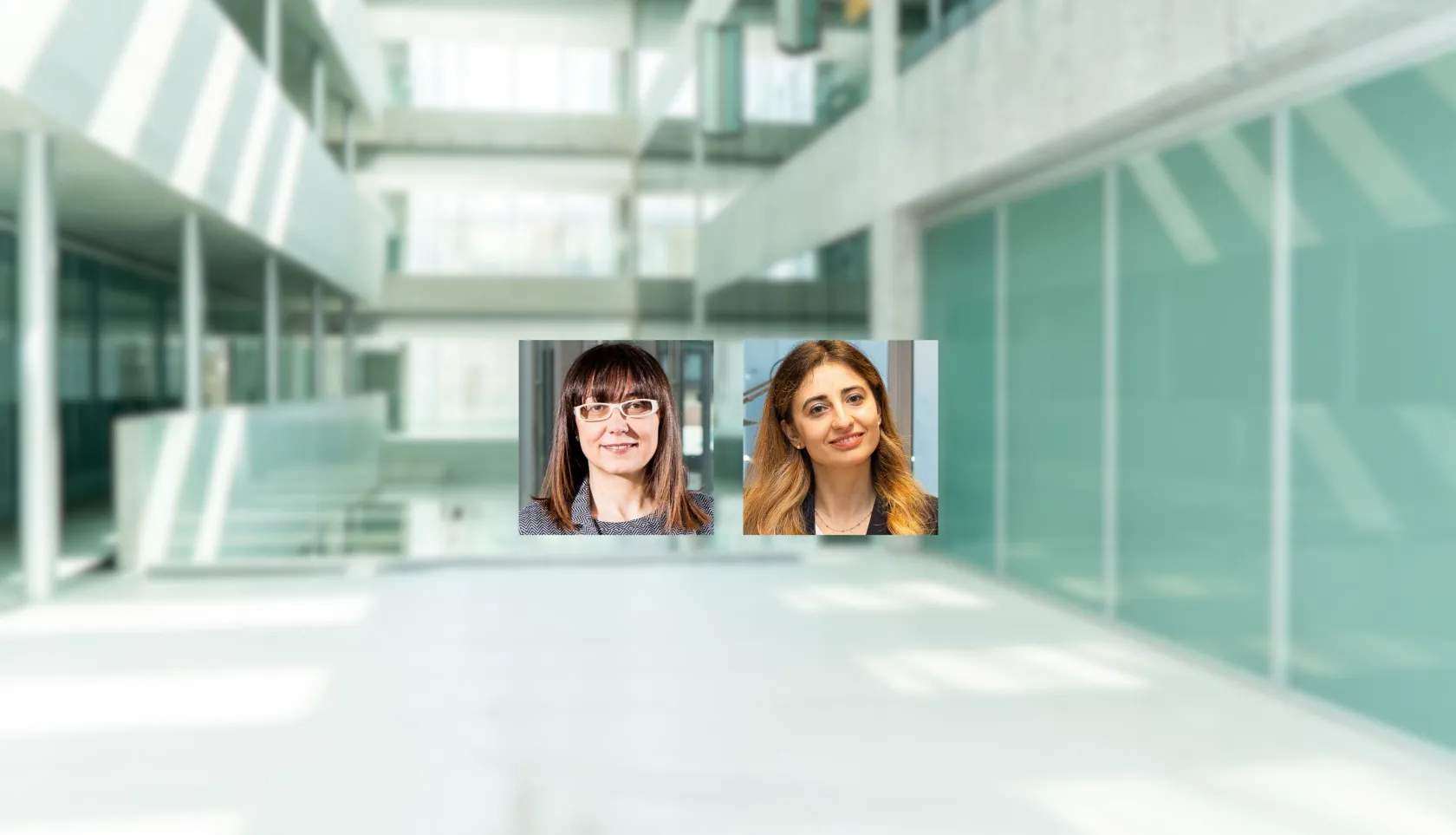
AI, Security and Personal Rights: a New Frontier for the Rule of Law
How is artificial intelligence changing the face of national security? And at what price, in terms of human rights and constitutional principles? The volume Artificial Intelligence, Counter-Terrorism and the Rule of Law. At the Heart of National Security, recently published by Edward Elgar and written by Arianna Vedaschi and Chiara Graziani of the Department of Legal Studies at Bocconi University, addresses these crucial questions with rigor and clarity.
The premise is well known: technology, especially that based on artificial intelligence algorithms, is also a double-edged sword in the field of security. It provides powerful tools for terrorists to recruit potential followers, radicalize them, and organize attacks; on the other hand, it is a key resource for public authorities in preventing and suppressing terrorist threats. This dual nature poses new and complex challenges for democracies that rely on the rule of law.
The difficult balance between security and freedom
One of the central aspects of the book is precisely the analysis of the tension between national security and the protection of human rights. When the use of technologies becomes massive, the authors explain, there is a risk of exacerbating the already difficult relationship between freedom and security; in fact, with artificial intelligence assuming the role of “third actor”, the side effects on fundamental rights such as the freedom of expression, privacy, and personal data protection are amplified.
In addition, artificial intelligence-based technologies not only accelerate decisions but also assume autonomy from human operators. This is where the distinction between automation and autonomy becomes crucial: while automated tools follow precise instructions from operators, autonomous algorithms make decisions based on reasoning that is neither necessarily predictable nor completely controllable. This, according to Vedaschi and Graziani, poses a particularly serious challenge for law, as it calls into question fundamental principles such as nondiscrimination and the presumption of innocence.
A comparative analysis in two acts
The book is structured in two complementing parts. In the first, the authors explore in detail how terrorist organizations are exploiting advanced technologies to strengthen their operational capacity. In the second part, the focus shifts to how the same technologies can be employed by public institutions to counter such threats. The text uses a comparative approach, primarily examining experiences of Western democracies, including the United States and the European Union, with specific attention to the post-Brexit British case and international security collaboration.
Law and technology: a necessary co-evolution
The book raises a fundamental question: how can law effectively adapt to these technological innovations without sacrificing the values at the heart of liberal democracy? According to Arianna Vedaschi and Chiara Graziani, only through interdisciplinary analysis and an ongoing dialogue linking law, technology and social sciences can the problem of balancing security, technology and human rights in the age of artificial intelligence be seriously addressed.